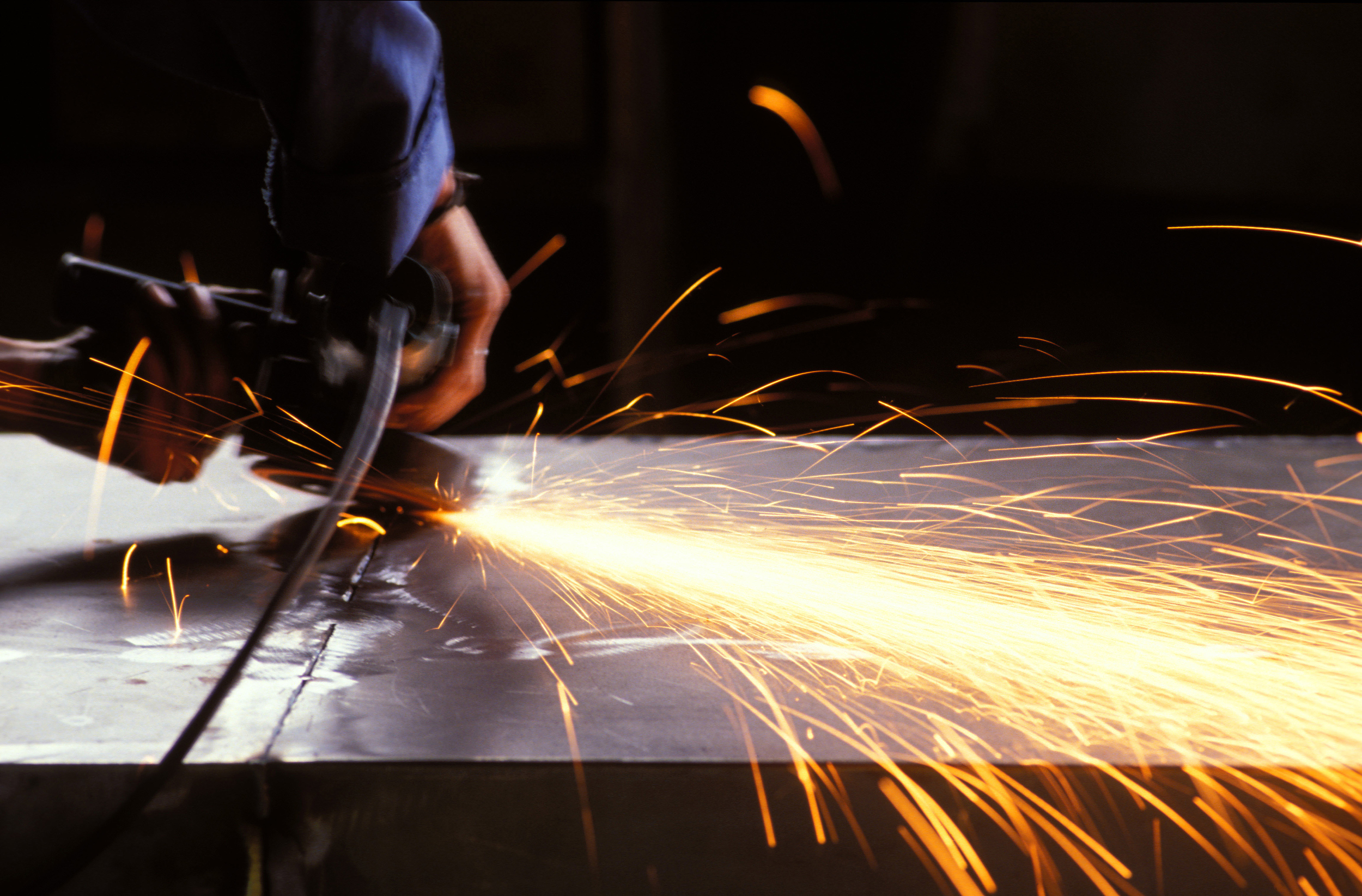Understanding Cut-off Wheels for Cast Iron The Essential Guide
Cut-off wheels are indispensable tools in metalworking, particularly when it comes to cutting cast iron. These wheels are designed to efficiently slice through hard materials, making them a go-to option for professionals and DIY enthusiasts alike. In this article, we will delve into what cut-off wheels are, their specific features for cutting cast iron, safety considerations, and tips for optimal use.
What is a Cut-off Wheel?
A cut-off wheel is a type of abrasive wheel used for cutting metal and other hard materials. Typically mounted on a power tool such as an angle grinder, these wheels can achieve high speeds, allowing for clean and efficient cuts. They are made from various materials, including aluminum oxide, silicon carbide, and diamond grit, each suited for different applications. For cast iron, aluminum oxide wheels are often preferred due to their ability to withstand the unique challenges presented by this material.
Features of Cut-off Wheels for Cast Iron
Cutting cast iron presents distinct challenges due to its brittleness and hardness. Thus, cut-off wheels designed for this purpose boast several specialized features
1. Material Composition The wheel's abrasive material is critical. Aluminum oxide is favored because it offers a good balance of durability and cutting efficiency. This material can handle the hardness of cast iron while providing a consistent cut.
2. Thickness Cut-off wheels come in various thicknesses. For cast iron, a thinner wheel is typically more effective, as it can penetrate the material more easily, reducing the amount of friction and heat generated during cutting.
3. Bonding Agent The bonding agent used to hold the abrasive grains together in the wheel also affects performance. For cutting cast iron, a sturdier bond is necessary to withstand the stresses of high-speed cutting.
cut off wheel for cast iron

4. Diameter and Arbor Size Cut-off wheels come in various diameters and arbor sizes. Choosing the right size is crucial for compatibility with your cutting tool and the desired cutting depth.
Safety Considerations
Working with cut-off wheels, especially on tough materials like cast iron, necessitates strict adherence to safety protocols
- Personal Protective Equipment (PPE) Always wear safety goggles, gloves, and a dust mask to protect against flying debris and inhalation of harmful dust. - Check for Damage Before use, inspect the wheel for any signs of wear or damage. A compromised wheel can shatter during operation, posing significant safety risks. - Use the Right Tool Ensure that your angle grinder or cut-off tool is compatible with the wheel’s size and type. Mismatched tools can lead to accidents. - Proper Technique Support the workpiece securely, and avoid applying excessive pressure on the wheel to extend its lifespan and maintain control.
Tips for Optimal Use
To maximize the effectiveness and safety of your cut-off wheels when working with cast iron, consider the following tips
1. Go Slow Maintain a steady, moderate speed when cutting. Rushing through cuts can increase heat and lead to wheel wear. 2. Use a Guide If possible, use a guide or straight edge to ensure straight cuts and maintain control. 3. Keep It Cool Prevent overheating by periodically lifting the wheel off the workpiece to allow it to cool. 4. Avoid Bouncing A bouncing wheel can lead to uneven cuts and damage. Always keep firm, consistent pressure on the tool.
Conclusion
Cut-off wheels for cast iron are specialized tools that require careful consideration and proper handling. By understanding their unique features, adhering to safety protocols, and employing optimal usage techniques, you can achieve clean, precise cuts every time. Whether you are a professional in the metalworking industry or a hobbyist looking to work on a casting, the right cut-off wheel and technique can make all the difference in your project’s success. Remember to always prioritize safety, and happy cutting!
Post time:Dec - 15 - 2024

















